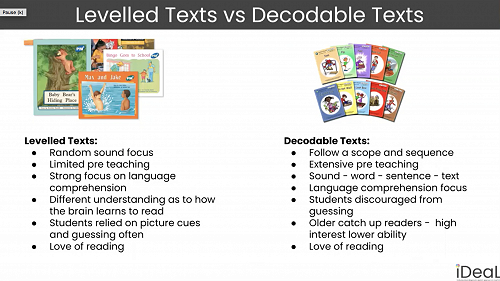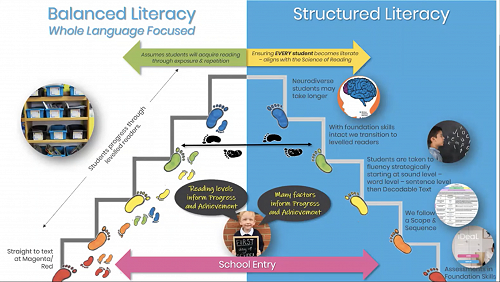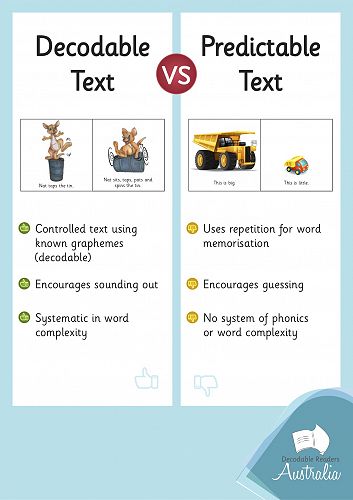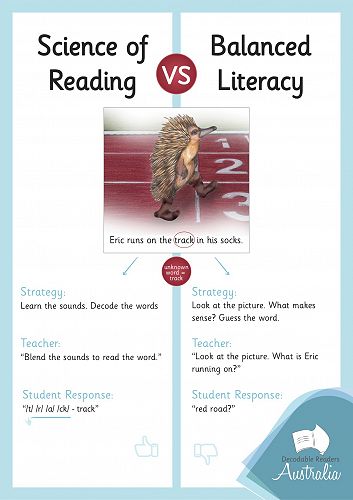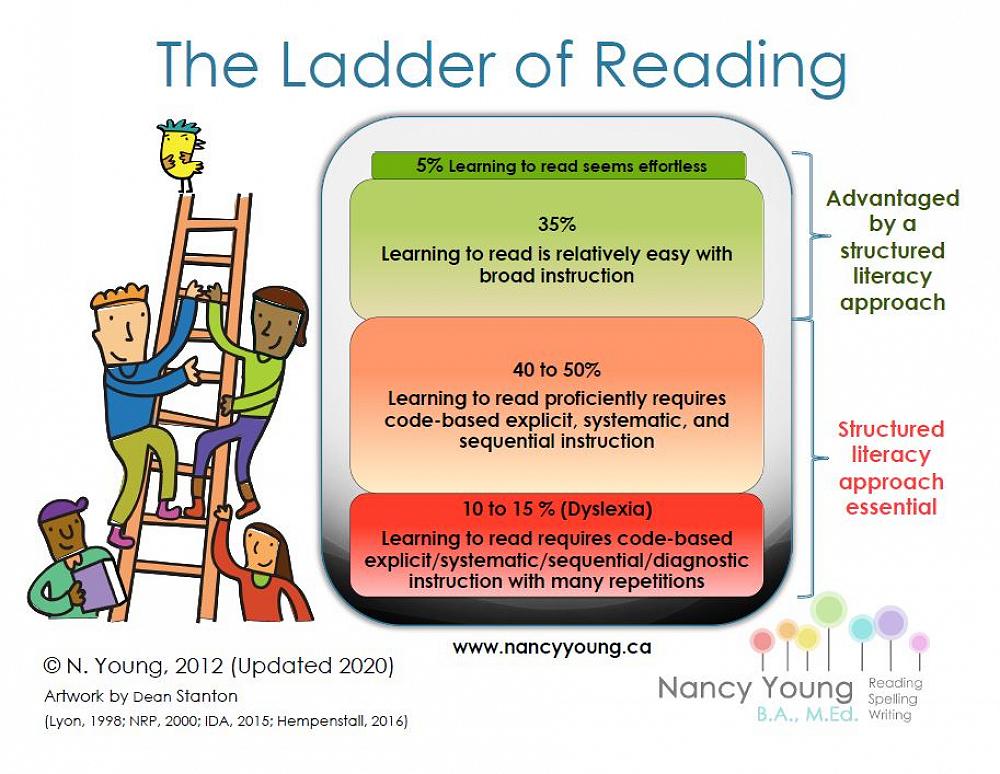
Structured Literacy vs Balanced Literacy
Balanced and structured literacy are two different approaches to teaching reading. They have some things in common and some very different ways to approach the teaching of reading and writing. At PPS we have traditionally used a "balanced approach" to teaching literacy. It is how we were taught to teach at Teachers' College. After extensive reading and research into the science of reading, we now see things in a different light and advocate for a structured literacy approach to reading.
It is important not to throw the baby out with the bath water. There are many elements of how we previously taught reading that are still relevant but it is important for us to look closely at what and how we teach reading based on research.
“Do the best you can until you know better. Then when you know better, do better.” Maya Angelou
This diagram from iDeal helps to give a comparison between the traditional levelled readers that we were using (the colour wheel) and decodable texts and a structured approach to teaching reading.
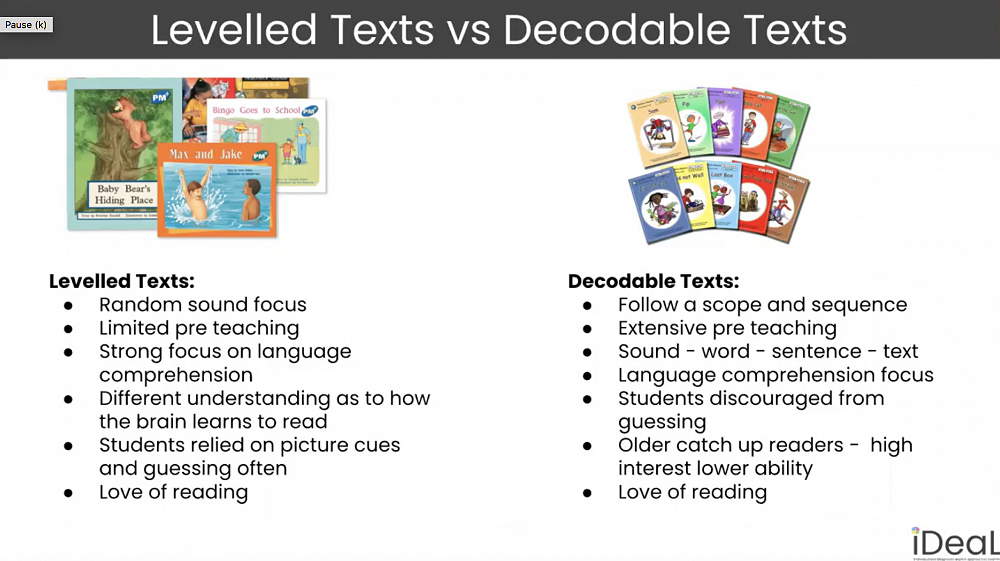
Levelled readers have a large focus on comprehension and moving children up the levels quickly. Word selection can be random, bringing in words with sounds that children have never been exposed to and so they often can't decode (sound them out) them. Teachers or parents may prompt the reader to work out what the word is using the first sound and rely heavily on the pictures for clues. This can lead to a lot of guessing and not always reading the words accurately.
Decodable texts are aligned with the sounds the children are being taught. We pre-teach sounds so that children can decode (read) and encode (write) them so that when they get to the book they can read it. There is no guessing with this, they use the skills they have been taught and their knowledge of sounds and therefore gain reading comprehension. It is easier for them to become fluent readers when they are confident reading the text.
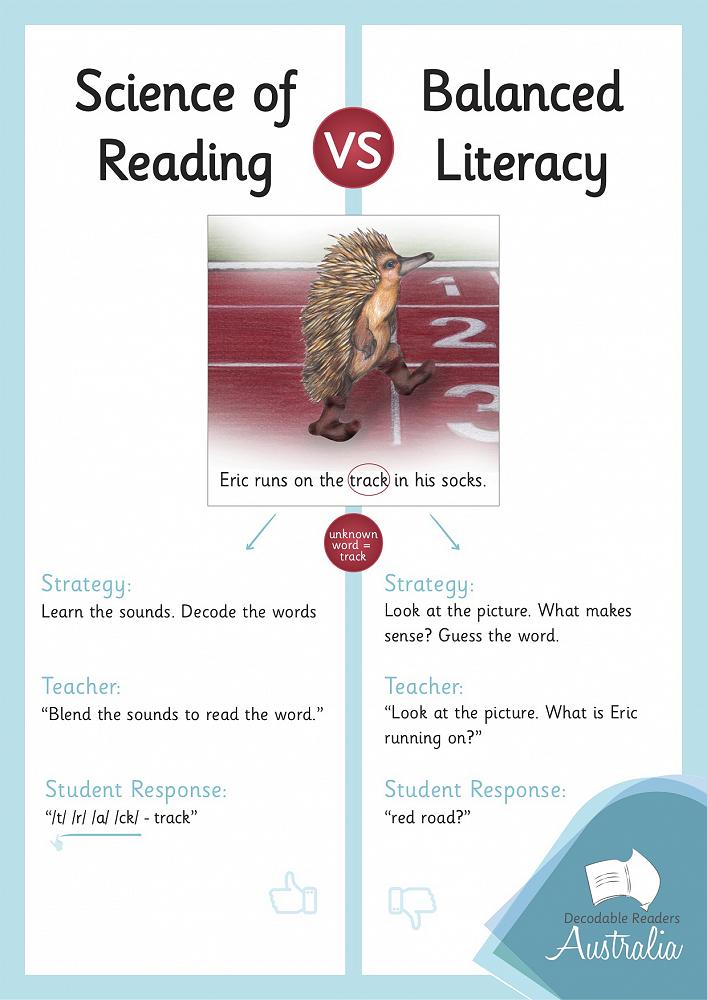
This diagram show how sometimes with a balanced approach children can sometimes go backwards and forwards on the colour wheel on the left hand side of the diagram. Often the word selection isn't controlled in levelled texts (children cannot decode them easily) so this can create the tracking up and down the levels.
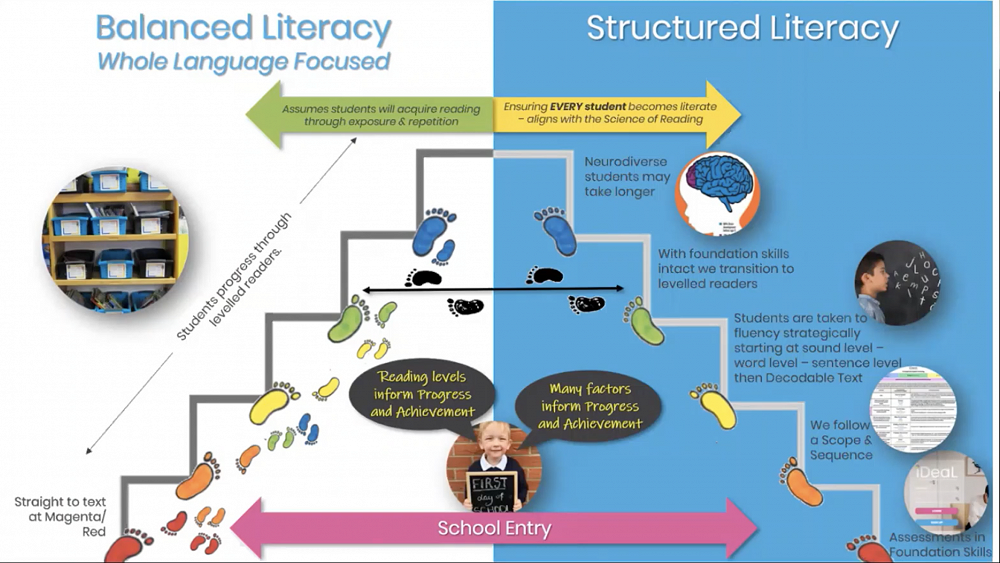
With explicit teaching of sounds, words and sentences the children keep moving up. In this scope and sequence children are learning to read, write and spell, not just read like in a balanced approach. We don't want them to stay on decodable texts for ever but to transfer as soon as they are ready into more authentic texts. It is important to remember that children all move at different rates.
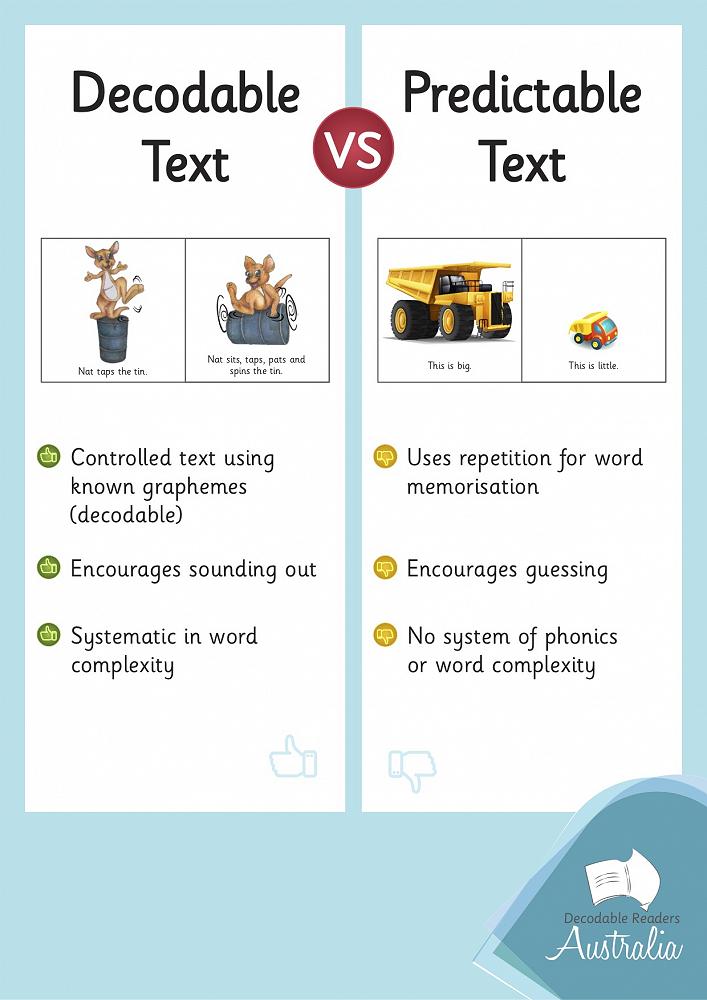
We need to go as fast as we can but as slowly as we must.
Gallery
